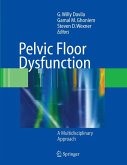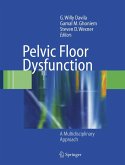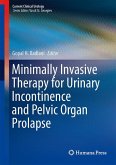Bringing together established and new practices in this emerging field, Vaginal Surgery for Incontinence and Prolapse is essential reading for both urological and gynecological surgeons involved in training or currently providing surgical care to women with pelvic floor dysfunction. 120 illustrations, most of them in color, enhance the text.
Dieser Download kann aus rechtlichen Gründen nur mit Rechnungsadresse in A, B, BG, CY, CZ, D, DK, EW, E, FIN, F, GR, HR, H, IRL, I, LT, L, LR, M, NL, PL, P, R, S, SLO, SK ausgeliefert werden.









